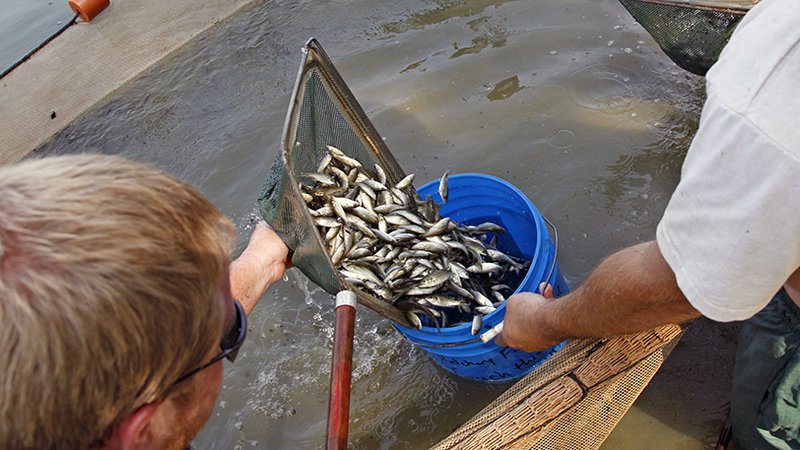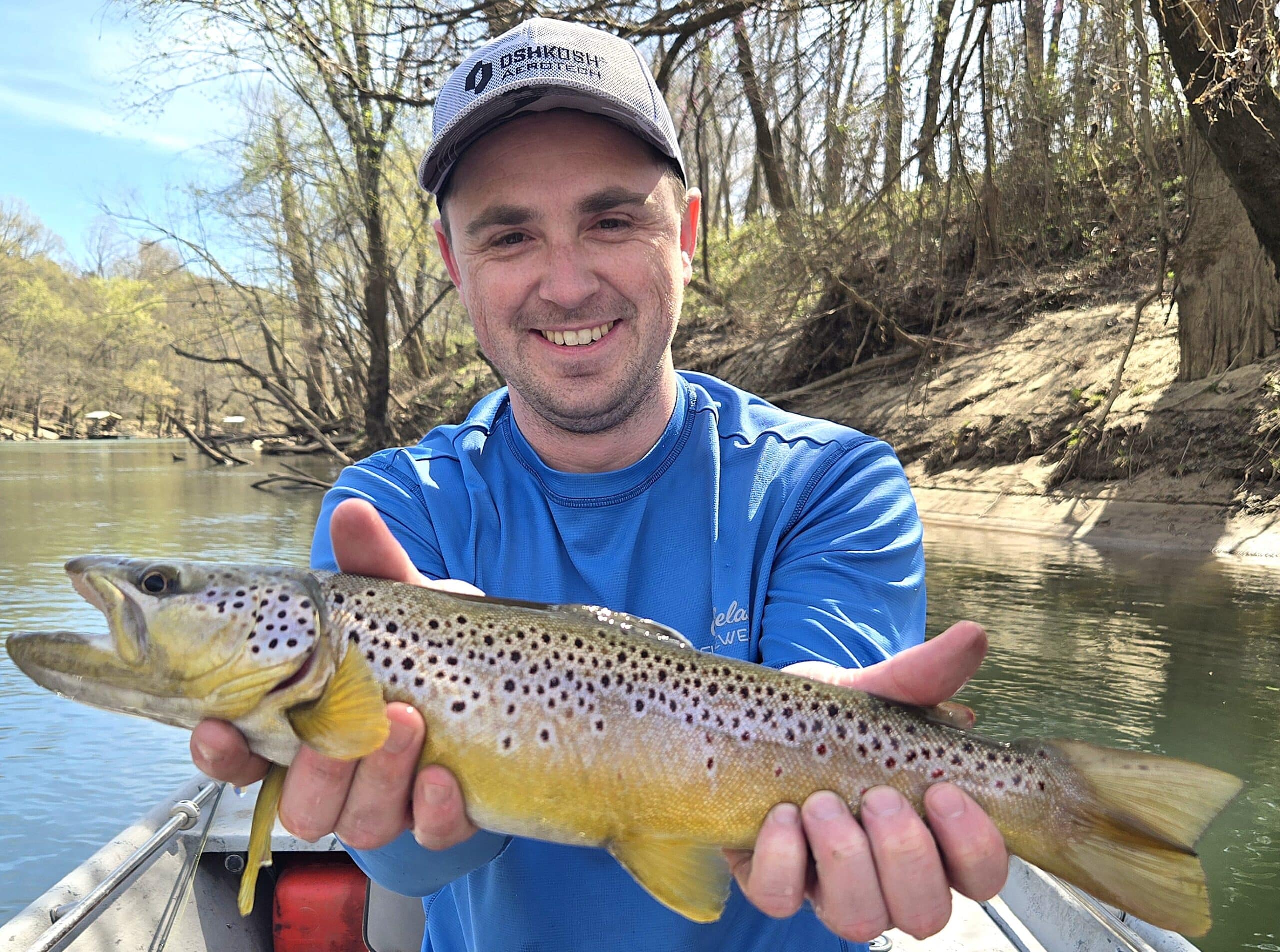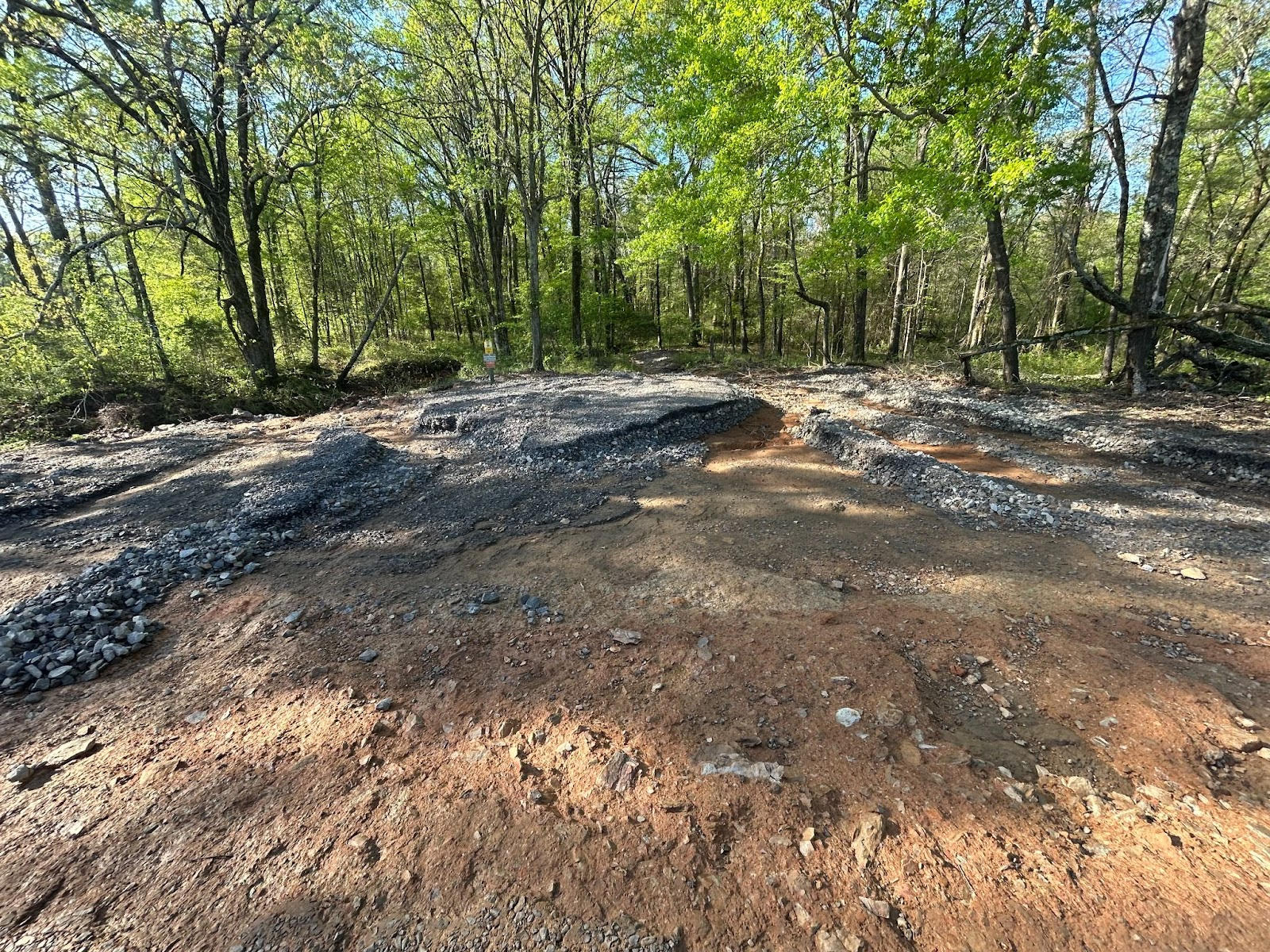Despite spring setbacks, AGFC hatcheries deliver Florida bass on time
ON 07-24-2019

July 24, 2019
Assistant Chief of Communications
LITTLE ROCK — Biologists with the Andrew Hulsey State Fish Hatchery delivered the last batch of Florida largemouth bass fingerlings to Millwood Lake and White Oak Lake in early July, completing the second-highest annual stocking of these fish in Arkansas.
All said and done, the AGFC hatchery system delivered more than 1.3 million Florida bass to select lakes throughout south and central Arkansas this spring. The weather conditions posed a challenge to biologists. Tommy Laird, assistant chief of fisheries over the AGFC’s hatchery system says the wet, cool spring had a serious impact on spawning in hatchery ponds this year.
“The first week or so, everything was going great, and then for about a week period after one of these showers, the males just stopped fertilizing eggs,” Laird said. “We started losing whole nests to this lack of fertilization.”
The Florida bass spawning project, which has been a strong annual component of the Hulsey hatchery since the early 1990s quickly fell behind schedule. Hatchery staff lept into action to salvage the season and keep up with demand.
“We were about halfway to where we should have been by the time we’re normally wrapped up,” Laird said. “We had to start spawning some younger-than-normal broodstock to get more spawning time, and we had to cut back on some stocking densities in the ponds to increase survival.”
According to Laird, even in the best conditions, only a fraction of the fry stocked in the ponds survive to fingerling size. Large amounts of fry must be stocked to compensate for this loss. But this year, managers reduced the amount of fish per pond to increase the overall health of the fingerlings and saw a better return.
“There’s only so much food and space available to grow fish in the pond, so by reducing your stocking rate, you’re hoping to see better growth and survival of those fish present,” Laird said. “This year we saw that scenario play out. Instead of being a half-million fingerlings short, the increased survival rates enabled us to get very close to our target production.”
Florida largemouth bass are a prize for many anglers in The Natural State because of their potential to grow into trophy proportions, but the AGFC hatchery system can only produce so many fish, and the use of Florida largemouth bass must be reserved for areas where biologists think they will make the most impact. This year’s stockings were concentrated on 16 bodies of water, including large lakes like Millwood Reservoir in Southwest Arkansas, medium-size reservoirs like Upper and Lower White Oak Lakes in Nevada and Ouachita Counties and river systems possessing abundant backwaters filled with aquatic vegetation.
“Florida largemouth bass thrive in shallow reservoirs with high-fertility and long growing seasons,” said Jason Olive, assistant chief of fisheries management. “Many anglers ask us to stock them all over the state, but we have to reserve the limited supply we can produce to those areas where we believe they will make the most impact. All of the Florida largemouth bass stocked this year were placed in bodies of water south of I-40, and nearly all were in lakes with an abundant amount of shallow flats where they do well.”
One deviation from the shallow-water recipe this year was the resumption of stocking Florida largemouth bass into Lake Ouachita.
Biologists teamed up with members of the Arkansas Black Bass Coalition and other anglers to boat stock 100,000 fingerling Florida largemouth bass in the Rabbittail area of the lake. Additionally, the Lake Ouachita Nursery Pond was filled with Florida largemouth bass fry to be released once they reach fingerling size.
“Submerged vegetation in the Rabbittail area is a game changer for Ouachita,” said Olive. “Without that excellent habitat, successful stocking of Florida largemouth bass would be highly unlikely in a deep, clear, highland reservoir like Ouachita.
“100,000 fingerlings in Rabbittail and another shot of fingerlings from the nursery pond isn’t going to make any impact in the overall population size of a 40,000-acre lake like Ouachita, but they may produce some trophy-quality fish that will continue to pass on some of their genetics,” Olive said. “Genetic testing from fin clips taken during the last few years indicate the majority of bass larger than 8 pounds caught in Lake Ouachita have some Florida largemouth bass genetics in them from a previous stocking effort in 2007-2014.”
Lakes stocked with Florida largemouth bass fingerlings in 2019 include:
- Bear Creek Lake, Lee County
- Bois d’Arc Lake, Hempstead County
- Bragg Lake, Ouachita County
- Cane Creek Lake, Lincoln County
- Chicot Lake, Chicot County
- Columbia Lake, Columbia County
- Felsenthal Reservoir, Union County
- Horseshoe Lake, Crittenden County
- Lake Erling, Lafayette County
- Lake June, Lafayette County
- Lake Norrell, Saline County
- Millwood Lake, Howard County
- Lake Ouachita, Montgomery County
- South Fork Lake, Hempstead County
- Lower White Oak Lake, Ouachita County
- Upper White Oak Lake, Ouachita County
Learn a little more about Arkansas’s Florida Largemouth Bass Project on Arkansas Wildlife Television
Recent News

Arkansas Wildlife Weekly Fishing Report
Apr. 10, 2025
Subscribe to Our Weekly Newsletter E-mails
Don’t miss another issue. Sign up now to receive the AGFC Wildlife Weekly Newsletter in your mailbox every Wednesday afternoon (Waterfowl Reports are published weekly during waterfowl season and periodically outside the season). Fishing Reports arrive on Thursdays. Fill in the following fields and hit submit. Thanks, and welcome!

